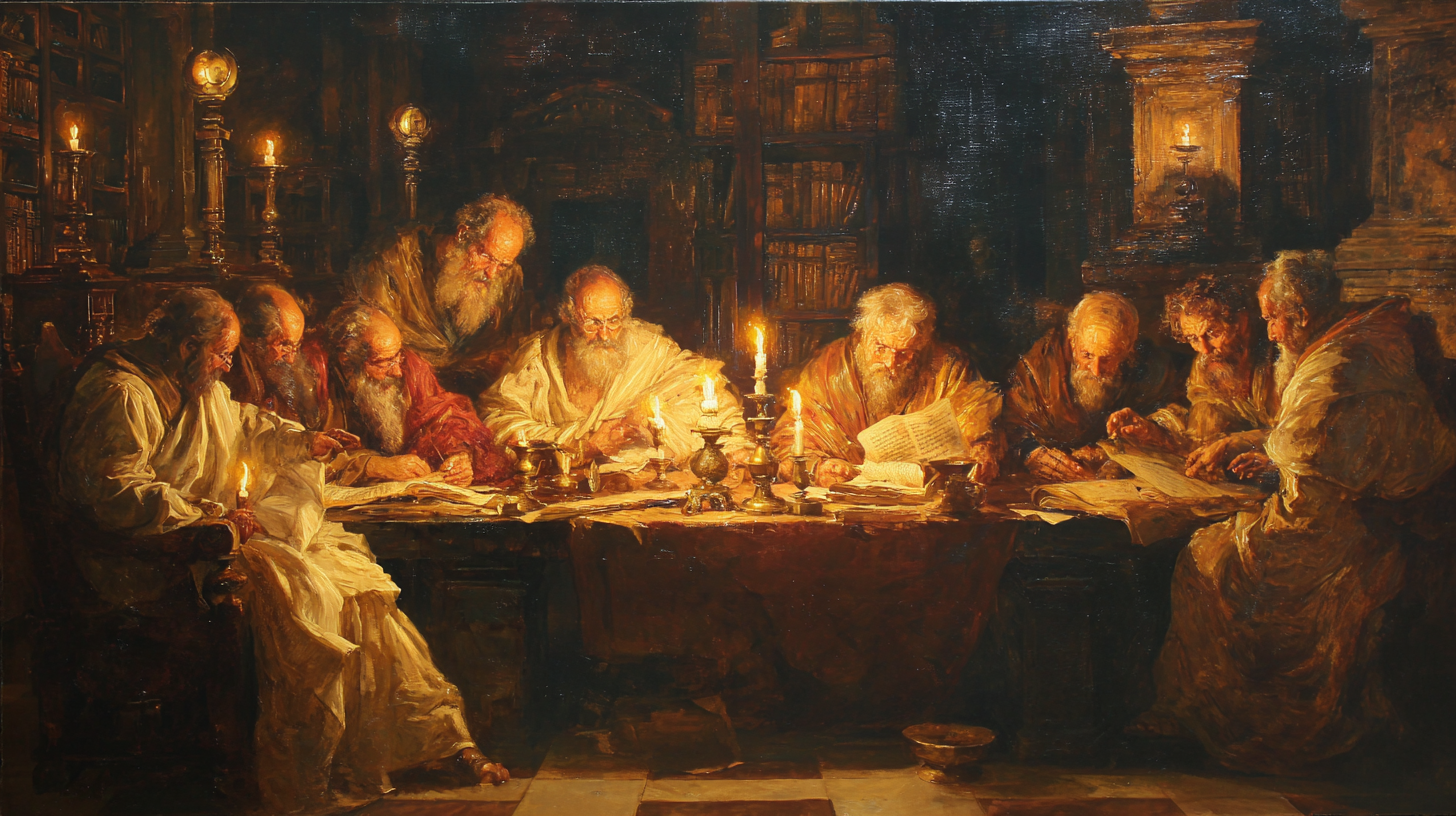Lucifer’s True Name and Titles Across Sacred Texts

The figure commonly known as “Lucifer” has evolved through centuries of translation, interpretation, and religious lore.
Despite the name’s popularity today, its origins remain deeply nuanced and often misunderstood.
Unlike other types of angels mentioned throughout sacred texts, this entity’s identity has been shaped more by translation choices than original scripture.
The change from Hebrew poetry about earthly kings to Christian mythology about fallen celestial beings represents one of history’s most significant theological developments.
The Original Name: Heylel (הֵילֵל)
Sacred Hebrew texts preserve the earliest reference to what would later become known as Lucifer, though the original context differs dramatically from contemporary understanding.
Unlike the clearly defined types of angels found elsewhere in scripture, this figure’s identity emerged from poetic metaphor rather than explicit angelic classification.
Heylel (Helel/Helal): The original Hebrew name found in Isaiah 14:12 is “Heylel ben Shachar” (הֵילֵל בֶּן-שָׁחַר), meaning “shining one, son of the dawn.”
This phrase appears only once in the Hebrew Bible and originally described the king of Babylon, not the devil or Satan.
Interpretation: The Septuagint (Greek translation) renders this name as “Heosphoros,” meaning “bringer of dawn.”
The Latin Vulgate replaced it with “Lucifer” – the Latin name for Venus as the morning star – giving rise to the popular name for the fallen angel.
Lucifer: From Morning Star to Light Bringer
The change of Hebrew poetic metaphor into a proper name demonstrates how translation choices can fundamentally alter religious understanding.
This evolution reflects broader changes in theological interpretation over centuries.
Lucifer: The word means “light-bringer” (from Latin lux = light + ferre = bring) and originally referred to Venus when it rises before dawn as the brightest sky object after the Moon.
Biblical Usage: The name appears only in some English translations (such as the King James Version) due to St. Jerome’s 4th-century Latin Vulgate, which used “Lucifer” for Isaiah 14:12.
Earlier versions translate Heylel as “shining one,” “day star,” or “morning star.”
Titles and Epithets Across Sacred Texts

Understanding various names associated with this figure requires examining how different religious traditions interpreted original texts, much like how other cultures have named and understood the Angel of Death throughout history.
The following comparison illustrates interpretation diversity across linguistic and theological traditions.
| Title / Name | Text / Tradition | Meaning / Notes |
|---|---|---|
| Heylel ben Shachar | Hebrew Bible | “Shining one, son of the dawn”; King of Babylon; later applied to a fallen angel |
| Heosphoros | Septuagint (Greek) | “Bringer of dawn” referred to Venus, the morning star |
| Lucifer | Vulgate/Latin Bible | “Light Bringer”; name for Venus as morning star |
| Morning Star | Protestant Bibles | Alternate translation; sometimes applied to Christ as well |
| The Adversary (Satan) | Hebrew Bible | Not the same as Lucifer; it means “the accuser” or “the opponent” |
| Dragon/Devil | Revelation (NT) | Christian tradition merges Satan with Lucifer as “the dragon, that ancient serpent” |
This linguistic evolution demonstrates how theological concepts develop through cultural transmission.
Development and Misconceptions
The association between Lucifer and Satan represents a complex theological development occurring over centuries of Christian interpretation.
Early Church Fathers and medieval theologians established connections not explicit in the original texts.
Not Originally Satan’s Name
“Lucifer” was never Satan’s original name in sacred texts; instead, Heylel described the king of Babylon’s fall.
Later theologians, notably Origen and Tertullian, began associating the Isaiah passage with the devil, popularized by Christian writers and poets like John Milton in “Paradise Lost.”
Morning Star Title
The title “Morning Star” is used elsewhere for Jesus in the New Testament, revealing confusion and overlap in the lore.
In many scriptural passages, the adversary is simply called “the satan” (the accuser) or “the dragon” – emphasizing role more than name.
How Sacred Texts Portray Lucifer and His Titles
Sacred texts provide varying perspectives reflecting different theological contexts and interpretational frameworks.
These passages demonstrate evolution from specific historical references to broader theological concepts.
Isaiah 14:12 (KJV): “How art thou fallen from heaven, O Lucifer, son of the morning!” (But in Hebrew: “How are you fallen from heaven, O shining one, son of the dawn!”)
Revelation 12:7-9 (NT): “The great dragon was thrown down, that ancient serpent, who is called the devil and Satan…” (Establishes the link between the adversary, the dragon, and the fall)
In other texts, The adversary is called “the accuser,” “the serpent,” and “the prince of this world.”
In Catholic and Orthodox tradition, other names connect to his role as bringer of temptation and evil.
The Sacred Truth Revealed
Lucifer’s actual name in sacred texts is Heylel ben Shachar, meaning “shining one, son of the dawn”. The title “Lucifer” emerged centuries later through Latin translation. It originally referred to Venus as the morning star.
Many traditions now equate Lucifer with Satan. This connection results from interpretation, not explicit scriptural naming.
Hebrew poetry about Babylonian kings became Christian mythology about fallen angels. Various titles exist – shining one, light-bringer, morning star, adversary. None represents an original scriptural name.
They reflect centuries of theological interpretation and humanity’s interest in the struggle between light and darkness.
Share your thoughts on how translation choices have shaped religious understanding in the comments below.






